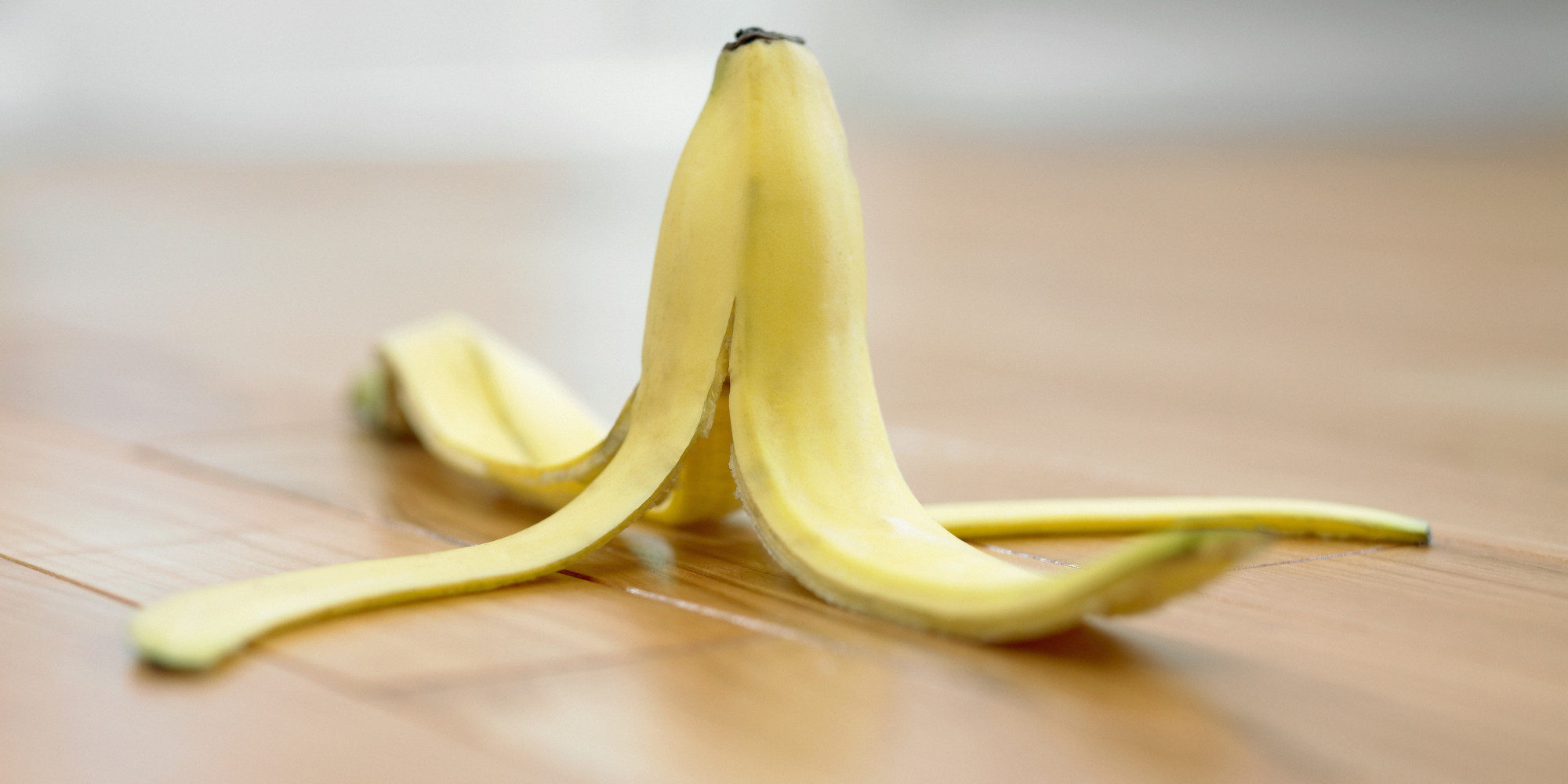Can You Eat Banana Peels? A Comprehensive Guide
Bananas are one of the most widely consumed fruits in the world, loved for their sweet taste and high nutritional value. While most people enjoy eating the soft and creamy flesh of the banana, few are aware that the peel can also be consumed. Yes, you read that right! Banana peels are edible and have been consumed in certain cultures for centuries. In this comprehensive guide, we will explore the nutritional benefits, potential health risks, and various ways to eat banana peels.
Nutritional Benefits of Banana Peels:
Banana peels are a rich source of various nutrients that can contribute to a healthy diet. They contain dietary fiber, vitamin C, vitamin B6, potassium, and magnesium. The peel also contains small amounts of other vitamins and minerals, including vitamin A, vitamin E, folate, and choline. Additionally, banana peels are rich in antioxidants, which can help protect the body against free radicals and oxidative stress.
Health Risks and Considerations:
While banana peels are generally safe to eat, there are a few factors to consider. Firstly, it is important to wash the peel thoroughly to remove any potential pesticide residue or dirt. Secondly, some individuals may have an allergic reaction to the peel, similar to a latex allergy, as bananas are known to contain proteins that cross-react with latex. If you have a latex allergy, it is advisable to avoid eating banana peels. Lastly, it is recommended to opt for organic bananas when consuming the peel, as they are less likely to have been treated with pesticides.
Ways to Eat Banana Peels:
There are several ways to incorporate banana peels into your diet. Here are a few ideas to get you started:
a. Blending: One of the easiest ways to consume banana peels is by blending them into smoothies. Simply cut the peel into small pieces, remove any tough stems, and blend them with other fruits, yogurt, and a liquid of your choice. This method helps mask the slightly bitter taste of the peel.
b. Boiling: Another method is to boil the banana peels until they become soft. This can be done by placing the peels in a pot of water and boiling for about 10-15 minutes. Once soft, you can use them in various dishes like curries, stews, or even as a side dish.
c. Frying: Banana peels can be fried to make a crispy and delicious snack. Cut the peel into strips, coat them in a batter of your choice, and fry them until golden brown. They can be enjoyed on their own or as a unique addition to salads or sandwiches.
d. Pickling: Pickling banana peels is a popular method in some cultures. Cut the peel into thin strips or small pieces, and soak them in a mixture of vinegar, salt, and spices. Allow the peels to marinate for a few days, and they will develop a tangy flavor that can be enjoyed as a condiment or a side dish.
Culinary Tips and Tricks:
When using banana peels in your recipes, there are a few things to keep in mind. It is advisable to choose ripe but firm bananas, as the peels become softer and easier to handle. Remove any tough stems or ends before cooking or eating. If you find the peel too bitter, you can soak it in water or lemon juice for a few minutes to reduce the bitterness. Lastly, be creative and experiment with different flavors and combinations to find what suits your palate.
In conclusion, banana peels are indeed edible and can be a nutritious addition to your diet. They offer a range of health benefits, including dietary fiber, vitamins, minerals, and antioxidants. However, it is important to wash the peel thoroughly, consider any allergies or sensitivities, and opt for organic bananas whenever possible. Whether blended into smoothies, boiled, fried, or pickled, there are various ways to enjoy banana peels. So, the next time you have a banana, don’t throw away the peel—give it a try and explore the culinary possibilities of this often overlooked part of the fruit.
- Where Can I Buy THC-B VAPES - July 22, 2023
- Can You Eat Banana Peels? - July 17, 2023

